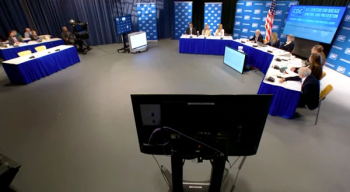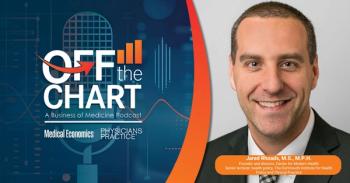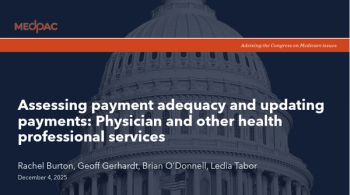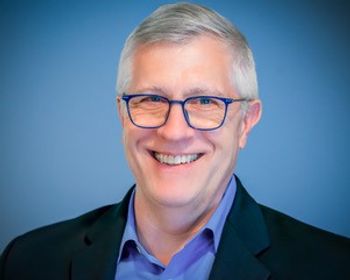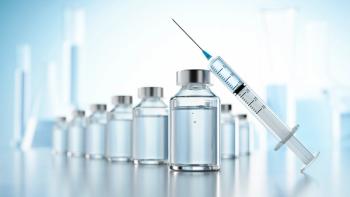
Cancer concerns of a nuclear missileer; how (and where) pedestrian crashes turn fatal; stopping COVID, building trust – Morning Medical Update
Key Takeaways
- Air Force veterans report cancer clusters, suspecting toxic exposure in Minuteman III missile silos. The Air Force is conducting a large-scale investigation.
- Preliminary findings show no statistically elevated cancer deaths, but data is incomplete. Lawmakers and advocates seek independent reviews and recognition of service-related exposure.
The top news stories in medicine today.
Air Force veterans who once manned the nation’s Minuteman III nuclear missile silos are reporting clusters of cancers — particularly non-Hodgkin lymphoma — and suspect that exposure to toxins such as polychlorinated biphenyls (PCBs) and benzene in launch control centers may be to blame. Following reports by former missileers, including Lt. Col. Danny Sebeck, the Air Force launched a large-scale investigation across bases in Montana, Wyoming, North Dakota and California.
Preliminary results show no statistically elevated cancer deaths so far, though officials caution the data are incomplete. Lawmakers are now calling for independent reviews and additional safety measures, while advocates urge the Department of Veterans Affairs to recognize possible service-related exposure. The final Air Force report is expected by year’s end.
Adults struck by cars are nearly twice as likely to die as children in pedestrian-motor vehicle collisions, according to research presented at the
A statewide network linking 11 universities and more than 75 community organizations helped California’s most vulnerable populations weather the COVID-19 pandemic, according to a new report in
Newsletter
Stay informed and empowered with Medical Economics enewsletter, delivering expert insights, financial strategies, practice management tips and technology trends — tailored for today’s physicians.

